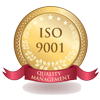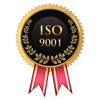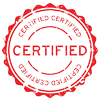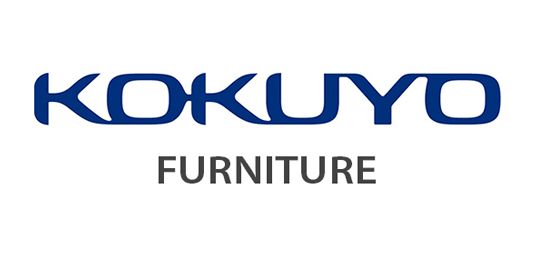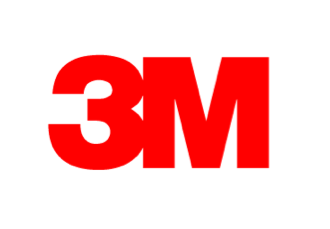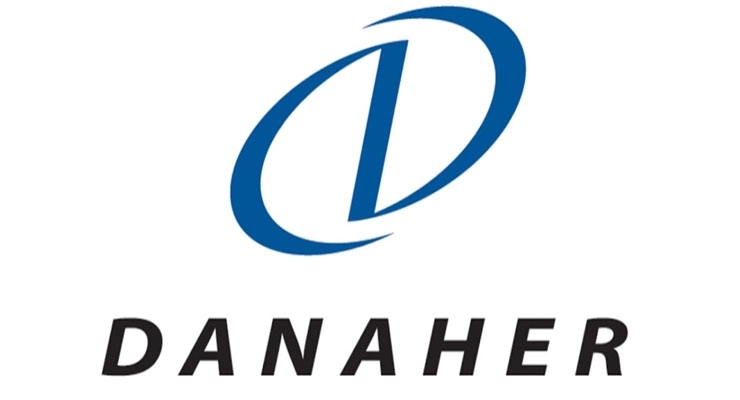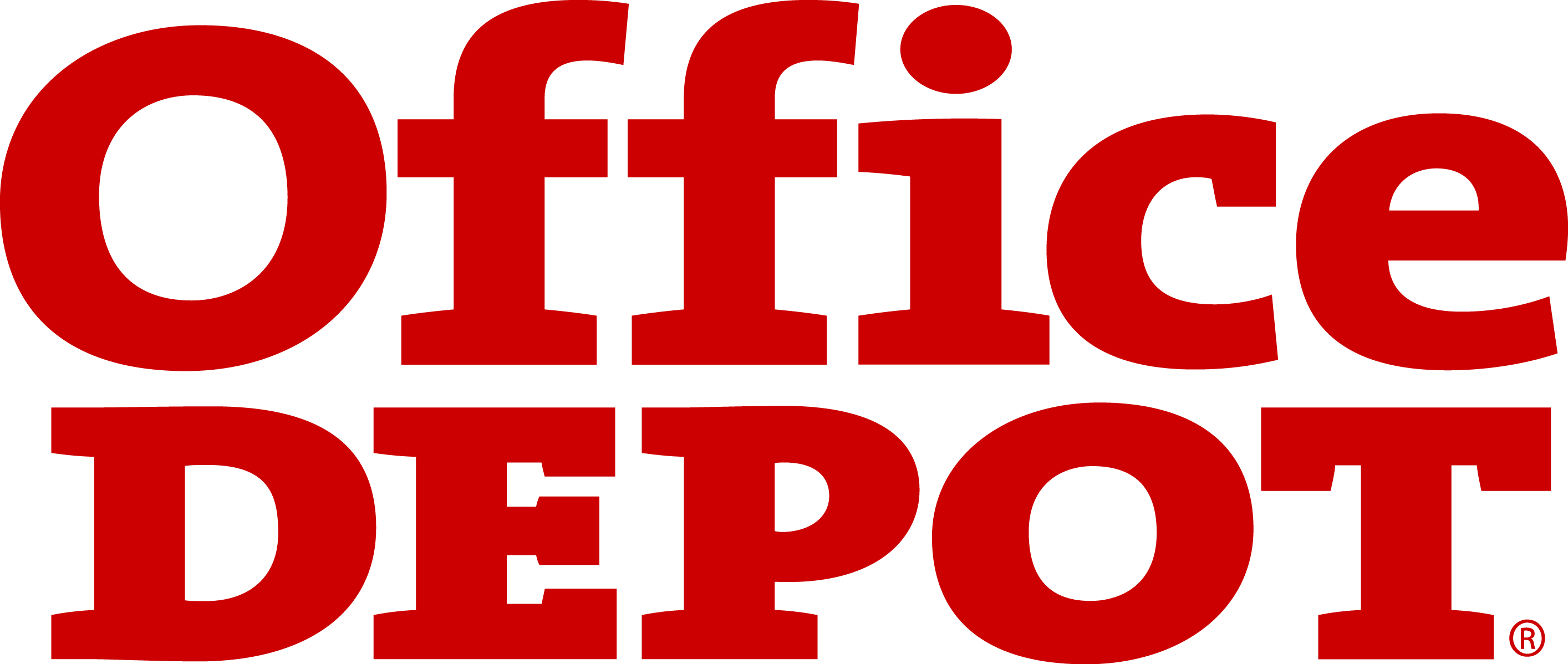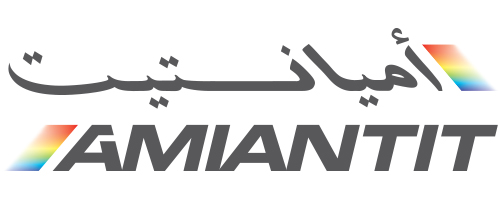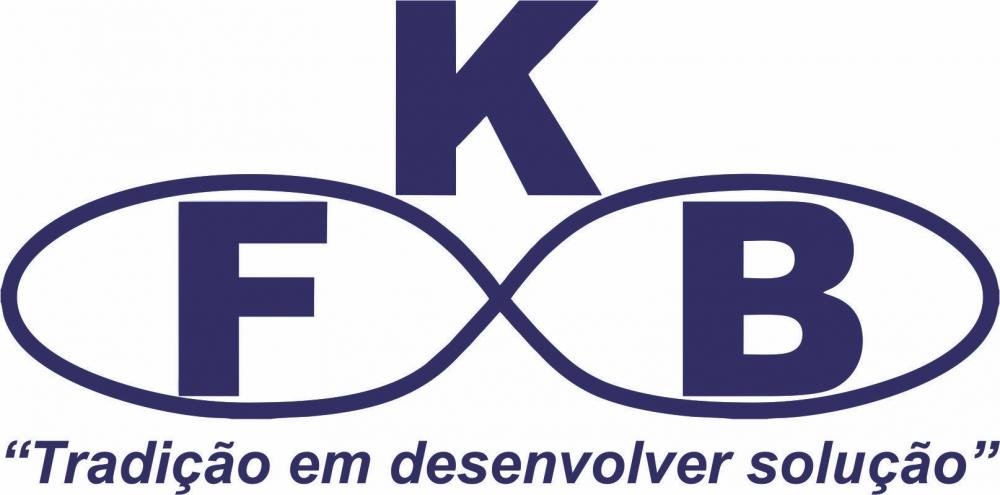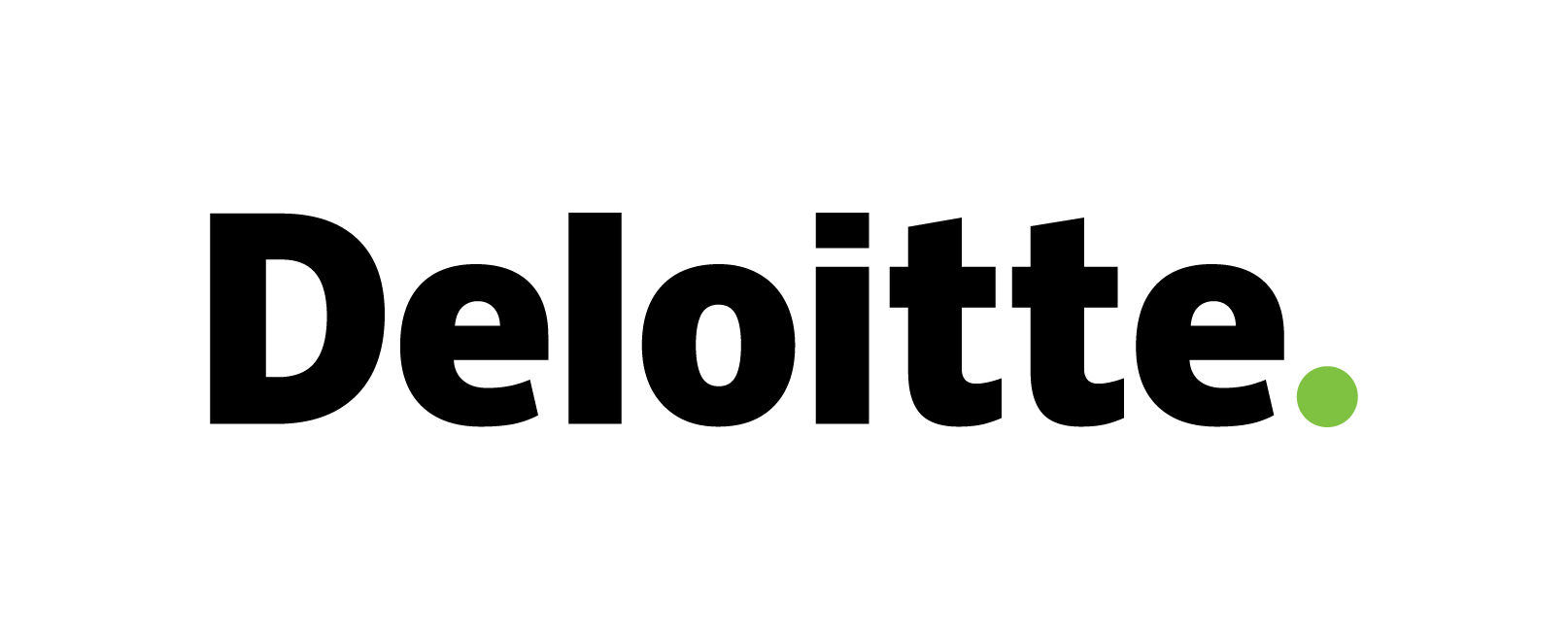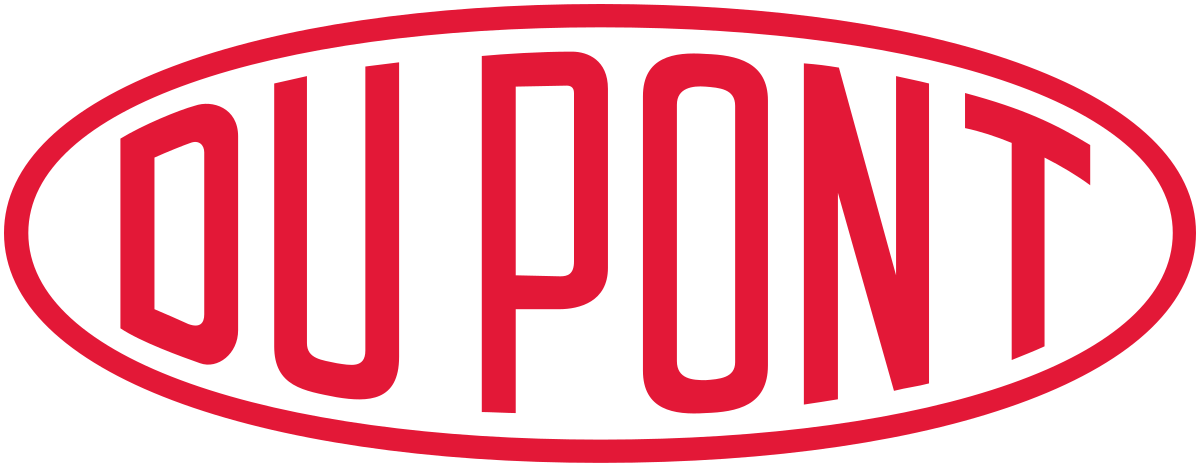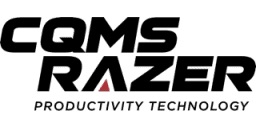Baby Stroller Market
Baby Stroller Market Trends, Opportunity, and Forecast Analysis, 2024-2033
Baby Stroller market revenue to generate USD 4.3 Billion by 2033, according to KDMI analyst’s growth analysis. The market is segmented by Type, Age, Distribution Channel, End-User, and by Region.
Baby Stroller Market Size Survey Report – In a Glance
As per the survey report on global Baby Stroller market, the market is projected to foresee a CAGR of 5.8% between 2024-2033, and further generate a market size of USD 4.3 billion by the end of 2033. In the year 2024, the market size was valued at USD 2.7 billion.
- The global Baby Stroller market is projected to grow on account of the growing number of birth rates across the globe.
- In Japan, the Baby Stroller market growth can be attributed to the increased rental services of baby strollers.
- KDMI analyst’s growth analysis foresees high cost of premium and advanced strollers to challenge the market growth.
- Asia Pacific, Having The Highest Market Share in the Baby Stroller market is projected to dominate the global market.
Baby Stroller Market Analysis
Analyst’s Observation on Baby Stroller Market Survey
A stroller is a small, wheeled carriage that can pushed by hand to carry infants and young babies here and there. It allows a convenient and safe way for parents or caregivers to carry or move babies around. Usually, it is equipped with safety features such as durable joins, excellent brakes, flexible wheels, and adjustable shelters to protect the child. The baby stroller market is growing rapidly due to the growing number of birth rates across the globe. An increasing birth rate is directly associated with the demand for baby strollers because babies need strollers in their early childhood. In the United States, parents spend around USD 1000 to get stylish, comfortable, and variety of features strollers for their babies. Baby Jogger, Graco, and Artsana USA, Inc., are some of the significant parties in the global market for Baby Stroller.
Analyst’s Observation on Japan Baby Stroller Market Survey
In Japan, the market growth for Baby strollers can be attributed to the increased rental services of baby strollers. Rapid urbanization and growing commercial spaces have boosted the demand for baby strollers rental services. Many popular organizations are offering baby strollers services for rent at airports, metro stations, malls, and many other public places to carry babies easily. Rental services also allow parents to try out different models before deciding to take it on rent. Moreover, renting baby strollers offers a sustainable alternative approach, and provides cost savings, and convenience. BabyCal is an unmanned and manned rental base all over Japan. It provides a baby stroller on rent for 1500 yen for 12 hours. Aprica, Combi and, Pigeon are some of the significant parties in the market for Baby Stroller in Japan.
|
Baby Stroller Market: Report Scope |
|
|
Base Year |
2023 |
|
Estimated Market Size |
USD 2.7 Billion in 2024 |
|
Forecast Year |
2024-2033 |
|
Projected Market Size |
USD 4.3 Billion in 2033 |
|
CAGR Value |
5.8% |
|
Baby Stroller Market Key Trends/Major Growth Drivers |
|
|
Restraint Factors |
|
|
Baby Stroller Market Segmentation |
|
|
Baby Stroller Market Key Players |
Britax Child Safety, Inc., Artsana USA, Inc., Dorel Industries Inc., Peg Perego, Baby Jogger, LLC, Baby Trend, Inc., Combi USA, Inc, Evenflo Company, Inc, Mamas & Papas (Holdings) Ltd, Mothercare PLC., , and others. |
Baby Stroller Market Growth Drivers and Challenges
Growth Drivers
Increased consumer spending on premium baby care products: Over the last decade, the consumer's baby products purchasing pattern has seen a great shift. Premium baby products such as strollers have seen significant growth due to increasing parental care and concerns about the baby’s safety and well-being. Moving or carrying babies here and there via stroller made parents aware of the potential risks of using low-quality or harmful products on their babies. High-quality strollers allow parents to take the baby along for the journey comfortably and safely, with minimal disruption to the baby's routine. The Stroller’s adjustable features cater to the changing needs of the babies ensuring all-in-one adjustments from infancy to the next few years. According to Luvlap Baby Stroller Company, a high-quality stroller is a valuable investment that offers comfort, safety, convenience, durability numerous features that support the overall well-being of the baby.
Technological advancements in baby strollers: Innovations in baby strollers continue to grow, and manufacturers are also investing in improving the features, performance, and design of strollers. The designing of innovative products such as the Automatic Baby Stroller enhances the quality of baby and parent's life and simplifies everyday tasks. The IoT-based Baby Stroller features involve the integration of sensors, wireless communication, and microcontrollers that allow parents a safer and more convenient way to carry their infants. Parents can get real-time information about their child’s safety and comfort. Using a temperature sensor feature that monitors and adjusts the stroller's environment and a wireless communication feature allows parents to control and monitor the stroller remotely via a mobile app. The baby stroller market is expected to grow at the rate of 5.8% in the forecast period of 2022–2029 and is expected to reach USD 3.88 billion by 2029.
Restraint Factors
High cost of premium and advanced strollers: Premium and advanced strollers are more expensive than traditional baby strollers. It typically has high-cost materials as well as features such as safety, comfort, durability, integration of sensors, and wireless communication contributing to a higher price quotation for consumers that hampers the market growth of baby strollers.
Stringent safety regulations and compliance challenges: Plastic use in baby strollers is a growing worry worldwide due to its harmful impact on the environment. It is landfill waste and leads degradation of natural habitats. As awareness of environmental concerns increases, consumers are becoming more aware of buying sustainable products. To accept this shift, manufacturers need to invest in sustainable materials, which cost more for them, and further, this increases consumer selling prices which hampers the baby stroller market growth.
Baby Stroller Market Segmentation
Our experts at KD Market Insights have segmented the global Baby Stroller market research report as:
|
By Type |
|
|
By Age |
|
|
By Distribution Channel |
|
|
By End-User |
|
|
By Region |
|
Baby Stroller Market Regional Synopsis
Asia Pacific having the highest market share in the Baby Stroller market is majorly driven by rising parental concerns about baby care products. Rising disposable income and changing lifestyles of parents increasingly demand different types of baby care products such as baby strollers. With growing economic opportunities, parents are able to afford the best quality products for their babies. Innovations in baby stroller manufacturing have significantly improved product performance, providing strollers with numerous advanced features, which are very popular and fast-selling in countries such as China, Japan, Australia, and India. The growth of e-commerce platforms has transformed the baby stroller market in Japan and China by providing easy accessibility and attractive discounts. In Australia, a significant number of consumers demand premium quality baby strollers because of their wide-ranging features. In India, the Baby Care Product Market is expected to reach USD 24.37 billion by 2027, growing at a CAGR of 14.35% during the forecast period (2021-2027). This shows that the baby stroller market is expected to grow in India in a few years.
North America, growing with the fastest CAGR in the Baby Stroller market is majorly driven by convenience and ease of use. Consumers believe that baby strollers provide safe and comfortable transport for a child, while also seamlessly supporting a family’s daily activities. It also offers suitability to parents, freeing their hands and reducing the physical strain of carrying the baby for a long time. In the United States, consumer looking for the safety of their babies while using strollers. They don’t want stroller-related injuries to happen. As per CPSC (US) regulation, all strollers sold in the U.S. complies the federal safety standard, which incorporates the ASTM (formerly known as the American Society for Testing and Materials) stroller safety standard. In Canada, parents prefer to use baby strollers at only 2 years, because 21.5 % of children aged 2–5 years are recorded overweight in Canada.
In Europe, a rise in refurbishment and rental baby strollers is expected to grow the market growth. In the UK customers are spending more on baby strollers as a result of their fast-paced lifestyle and baby-care consciousness.
In Latin America, the rise in baby-care consciousness drives market growth. Baby strollers have gained popularity among parents and caregivers which gives comfort and safety to babies. Modern strollers are selling fast in the region due to being designed with safety features such as harnesses and brakes, providing a secure environment for babies.
In the Middle East and Africa, baby stroller market expansion is driven by factors such as urbanization, increased disposable incomes, increased middle-class population, and rising awareness about baby’s well-being.
As per our analysts at KD Market Insights, the following five players lead Asia Pacific Having The Highest Market Share Baby Stroller market growth:
- River Baby
- Wonderland
- Hebei Miaoou Trading Co., Ltd.
- Aprica
- Anhui Talent Baby Products Co., Ltd
Baby Stroller Market Competitive Landscape
Some of the key players who top the global Baby Stroller market share:
- Britax Child Safety, Inc.
- Artsana USA, Inc.
- Dorel Industries Inc.
- Peg Perego
- Baby Jogger, LLC
- Baby Trend, Inc.
- Combi USA, Inc
- Evenflo Company, Inc
- Mamas & Papas (Holdings) Ltd
- Mothercare PLC.
- Executive Summary
- Market Overview
- Key Findings
- Market Trends
- Market Outlook
- Introduction
- Scope of the Report
- Research Methodology
- Definitions and Assumptions
- Acronyms and Abbreviations
- Market Dynamics
- Drivers
- Restraints
- Opportunities
- Challenges
- Global Baby Stroller Market
- Market Overview
- Market Size and Forecast
- Market Segmentation
- By Type
- By Age
- By Distribution Channel
- By End-User
- By Region
- Market Segmentation by Type
- Lightweight Stroller
- Full-Size Stroller
- Jogging Stroller
- Double Stroller
- Market Segmentation by Age
- 12 - 36 months
- 0 - 6 months
- 6 - 12 months
- Market Segmentation by Distribution Channel
- Supermarket and Hypermarket
- Specialty Store
- E-commerce
- Market Segmentation by End-User
- Infants
- Toddlers
- Regional Analysis
- North America
- United States
- Market Size and Forecast
- Key Trends and Developments
- Market Analysis by Type, Age, Distribution Channel, End-User
- Canada
- Market Size and Forecast
- Key Trends and Developments
- Market Analysis by Type, Age, Distribution Channel, End-User
- Mexico
- Market Size and Forecast
- Key Trends and Developments
- Market Analysis by Type, Age, Distribution Channel, End-User
- United States
- Europe
- United Kingdom
- Market Size and Forecast
- Key Trends and Developments
- Market Analysis by Type, Age, Distribution Channel, End-User
- Germany
- Market Size and Forecast
- Key Trends and Developments
- Market Analysis by Type, Age, Distribution Channel, End-User
- France
- Market Size and Forecast
- Key Trends and Developments
- Market Analysis by Type, Age, Distribution Channel, End-User
- Italy
- Market Size and Forecast
- Key Trends and Developments
- Market Analysis by Type, Age, Distribution Channel, End-User
- Spain
- Market Size and Forecast
- Key Trends and Developments
- Market Analysis by Type, Age, Distribution Channel, End-User
- Rest of Europe
- Market Size and Forecast
- Key Trends and Developments
- Market Analysis by Type, Age, Distribution Channel, End-User
- United Kingdom
- Asia Pacific
- China
- Market Size and Forecast
- Key Trends and Developments
- Market Analysis by Type, Age, Distribution Channel, End-User
- Japan
- Market Size and Forecast
- Key Trends and Developments
- Market Analysis by Type, Age, Distribution Channel, End-User
- India
- Market Size and Forecast
- Key Trends and Developments
- Market Analysis by Type, Age, Distribution Channel, End-User
- Australia
- Market Size and Forecast
- Key Trends and Developments
- Market Analysis by Type, Age, Distribution Channel, End-User
- South Korea
- Market Size and Forecast
- Key Trends and Developments
- Market Analysis by Type, Age, Distribution Channel, End-User
- Rest of Asia Pacific
- Market Size and Forecast
- Key Trends and Developments
- Market Analysis by Type, Age, Distribution Channel, End-User
- China
- Latin America
- Brazil
- Market Size and Forecast
- Key Trends and Developments
- Market Analysis by Type, Age, Distribution Channel, End-User
- Argentina
- Market Size and Forecast
- Key Trends and Developments
- Market Analysis by Type, Age, Distribution Channel, End-User
- Colombia
- Market Size and Forecast
- Key Trends and Developments
- Market Analysis by Type, Age, Distribution Channel, End-User
- Rest of Latin America
- Market Size and Forecast
- Key Trends and Developments
- Market Analysis by Type, Age, Distribution Channel, End-User
- Brazil
- Middle East & Africa
- South Africa
- Market Size and Forecast
- Key Trends and Developments
- Market Analysis by Type, Age, Distribution Channel, End-User
- Saudi Arabia
- Market Size and Forecast
- Key Trends and Developments
- Market Analysis by Type, Age, Distribution Channel, End-User
- UAE
- Market Size and Forecast
- Key Trends and Developments
- Market Analysis by Type, Age, Distribution Channel, End-User
- Rest of Middle East & Africa
- Market Size and Forecast
- Key Trends and Developments
- Market Analysis by Type, Age, Distribution Channel, End-User
- South Africa
- North America
- Competitive Landscape
- Market Share Analysis
- Company Profiles
- All Company Names
- Britax Child Safety, Inc.
- Artsana USA, Inc.
- Dorel Industries Inc.
- Peg Perego
- Baby Jogger, LLC
- Baby Trend, Inc.
- Combi USA, Inc
- Evenflo Company, Inc
- Mamas & Papas (Holdings) Ltd
- Mothercare PLC.
- All Company Names
- Strategic Recommendations
- Appendix
- List of Tables
- List of Figures
- References

Need Customized Report for Your Business ?
Utilize the Power of Customized Research Aligned with Your Business Goals
Request for Customized Report- Quick Contact -
- ISO Certified Logo -
